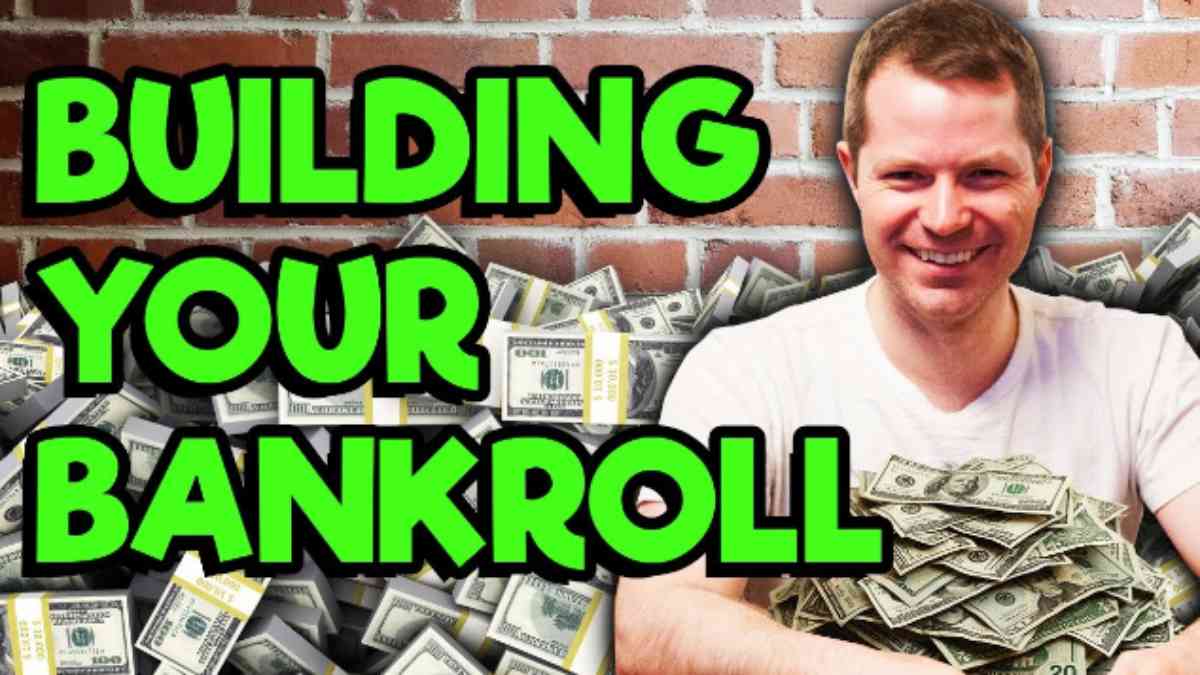🃏 How to Build a Poker Bankroll: A Step-by-Step Guide
Building a poker bankroll is essential for anyone serious about playing poker. Whether you’re a beginner or an intermediate player, understanding how to manage your funds can make the difference between success and going broke. This guide will walk you through the process of building and maintaining a healthy poker bankroll.
🎯 What Is a Poker Bankroll?
A poker bankroll is the amount of money you’ve set aside specifically for playing poker. It’s crucial to keep this money separate from your personal finances to ensure you can play responsibly and avoid financial strain.PokerNews
🧠 Step 1: Understand Bankroll Management
Bankroll management involves setting guidelines for how much of your bankroll you’re willing to risk in a single session or tournament. A common rule is to never risk more than 5% of your total bankroll in one game. For example, if you have a $1,000 bankroll, you should play games with a buy-in of $50 or less. this-poker
💰 Step 2: Determine Your Starting Bankroll
Your starting bankroll should be an amount you’re comfortable losing. For beginners, starting with $50 to $100 is advisable. More experienced players might start with $500 to $1,000. Always ensure that the amount you set aside won’t negatively impact your personal finances. 알파메일11
🃏 Step 3: Choose the Right Stakes
Selecting the appropriate stakes is crucial. For cash games, a general guideline is to have 20 to 50 buy-ins for the stakes you’re playing. For example, if you’re playing $0.05/$0.10 no-limit hold’em (NL10) with a $10 buy-in, you should have a bankroll of at least $200 to $500. 알파메일11
🎯 Step 4: Start with Freerolls
Freerolls are poker tournaments that require no entry fee but offer real money prizes. They’re an excellent way to build your bankroll without any financial risk. Many online poker sites host regular freerolls, providing ample opportunities to grow your funds. talkSPORT+3Natural8+3888 Poker+3
📊 Step 5: Track Your Results
Keeping detailed records of your sessions is vital. Use poker tracking software or spreadsheets to log your buy-ins, wins, losses, and any notes on your play. This practice helps you identify patterns, strengths, and areas for improvement. GGPoker+3Natural8+3Online payments & Money transfer+3this-poker+1Natural8+1
🧠 Step 6: Practice Discipline and Patience
Building a poker bankroll takes time and patience. Avoid the temptation to move up in stakes too quickly. Only increase your stakes when you have a sufficient bankroll buffer to withstand potential downswings. PokerNews+3letsgopoker.com+3GGPoker+3알파메일11+2Online payments & Money transfer+2letsgopoker.com+2
🎯 Step 7: Manage Variance
Poker is a game of skill and luck. Even the best players experience downswings. It’s essential to accept variance and not let it affect your decision-making. Stick to your bankroll management rules and avoid making desperate moves to “stop” variance. this-poker+1알파메일11+1letsgopoker.com+3PokerNews+3Natural8+3
🃏 Step 8: Move Down in Stakes When Necessary
If your bankroll decreases significantly, consider moving down in stakes to protect your remaining funds. There’s no shame in playing lower limits to rebuild your bankroll. This approach ensures you can continue playing and learning without risking going broke. letsgopoker.com+1PokerNews+1letsgopoker.com+2PokerNews+2GGPoker+2
📈 Step 9: Utilize Multi-Tabling
Multi-tabling, or playing multiple poker tables simultaneously, can increase your hourly earnings and accelerate the growth of your bankroll. Start with two tables and gradually increase the number as you become more comfortable. Ensure you maintain focus and quality of play across all tables. Natural8+1PokerListings+1
🧠 Step 10: Separate Your Poker Finances
Treat your poker bankroll as a separate entity from your personal finances. This practice helps maintain discipline and prevents the temptation to dip into personal funds. Consider using a dedicated digital wallet or account for your poker funds. PokerNews
✅ Conclusion
Building a poker bankroll is a gradual process that requires discipline, patience, and strategic planning. By following these steps and maintaining a responsible approach, you can grow your bankroll and enjoy the game without financial stress.
❓ Frequently Asked Questions
Q1: How much should I start with in my poker bankroll?
A1: Start with an amount you’re comfortable losing. Beginners often start with $50 to $100, while more experienced players might begin with $500 to $1,000.
Q2: What stakes should I play?
A2: For cash games, have 20 to 50 buy-ins for the stakes you’re playing. For example, if you’re playing $0.05/$0.10 no-limit hold’em with a $10 buy-in, have a bankroll of at least $200 to $500.
Q3: How can I build my bankroll without risking money?
A3: Participate in freerolls, which are tournaments that require no entry fee but offer real money prizes. They’re an excellent way to build your bankroll without financial risk.
Q4: Why is tracking my results important?
A4: Tracking your results helps identify patterns, strengths, and areas for improvement in your play.
